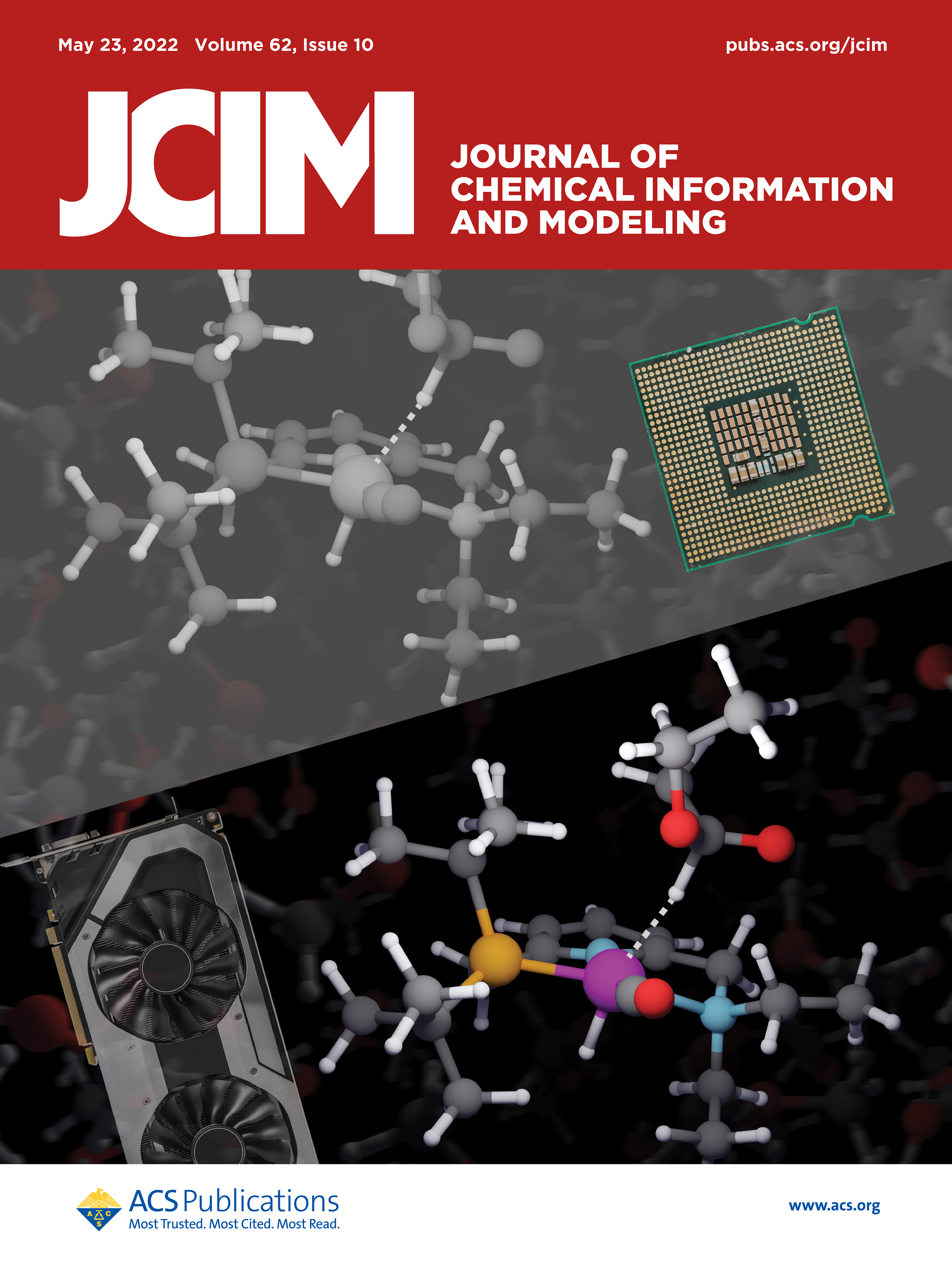Boosting Speed of Ab Initio Molecular Dynamics on CPU & GPU
Boosting Speed of Ab Initio Molecular Dynamics on CPUs and GPUs
A multidisciplinary team of Los Alamos researchers analyzed the performance of a popular Ab Initio Molecular Dynamics (MD) code, CP2K, on central processing units (CPUs) and graphics processing units (GPUs) to accelerate the speed of modelling chemical reactivity.

MD represents one of the most advanced methods in computational chemistry the purpose of which is to obtain information on the time-dependent motion of the nuclei. This computational tool is a key application on supercomputers and enables analysis far beyond the limits of conventional experimentation.
MD relies on atomic forces fi calculations, which are used to integrate Newton’s equations of motion to determine the microscopic trajectory of each individual atom i. The potential energy E used to calculate fi (fi = -∇iE) is usually modeled by empirical force fields, which have certain functional form and parameter sets for the potential energy. This approach is referred to as classical MD.
Ab Initio MD is MD with forces derived on-the-fly from the quantum mechanical ground-state of electrons. Although Ab Initio MD is much more accurate than classical MD, the processing requirements of AIMD simulations scale exponentially with the number of electrons and quality of the description of the system.
In the past decade, various electronic structure codes have been developed to run AIMD on both CPUs and GPUs. The steep Ab Initio MD scaling causes the simulations to be memory-intensive and challenging to parallelize on CPUs and GPUs. The number of performance parameters that can be used, such as number of nodes, MPI ranks, OpenMP threads, and number of GPU units, presents a bewildering array of options to optimize for each application and chemical system to be studied.
The team lead by Pavel Dub (C-IIAC) investigated the performance of one of the most popular codes to simulate chemical reactivity in solution ─ CP2K — and provided the best recipes for running Ab Initio MD simulation on computer hardware based on Intel Xeon CPU and NVIDIA V100 GPU architectures.
The results were published in the Journal of Chemical Information and Modeling. Read the article here.
This work is LDRD-funded and supports the Laboratory’s Information Science and Technology (IS&T) Capability Pillar.
LA-UR-21-28744







